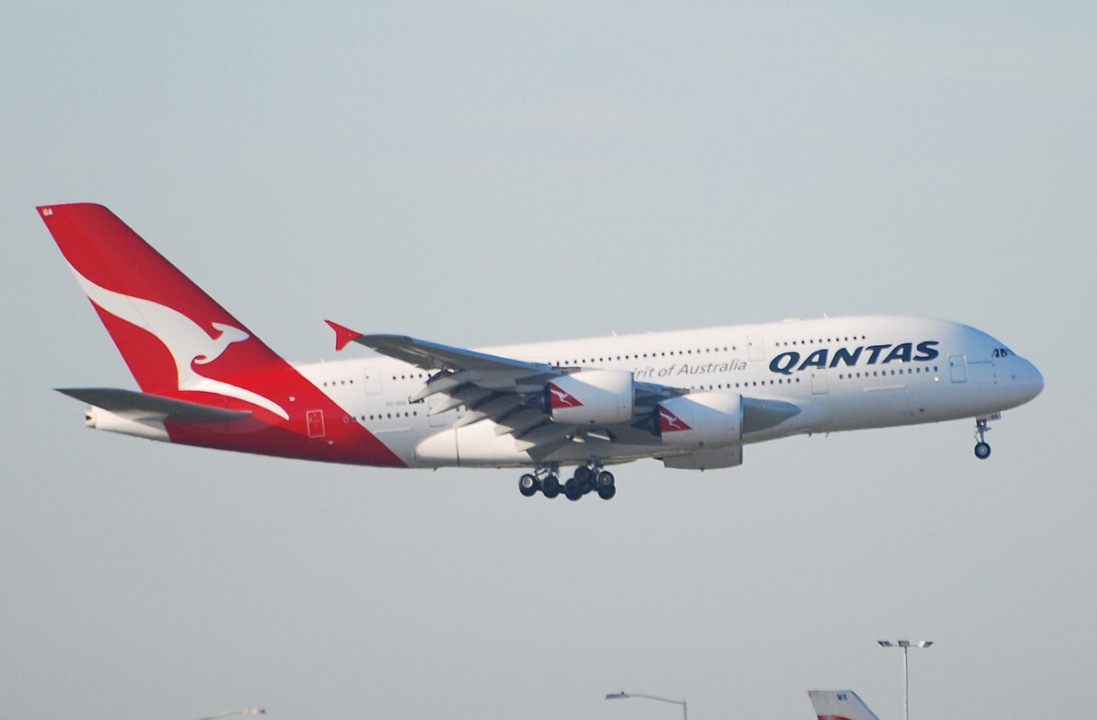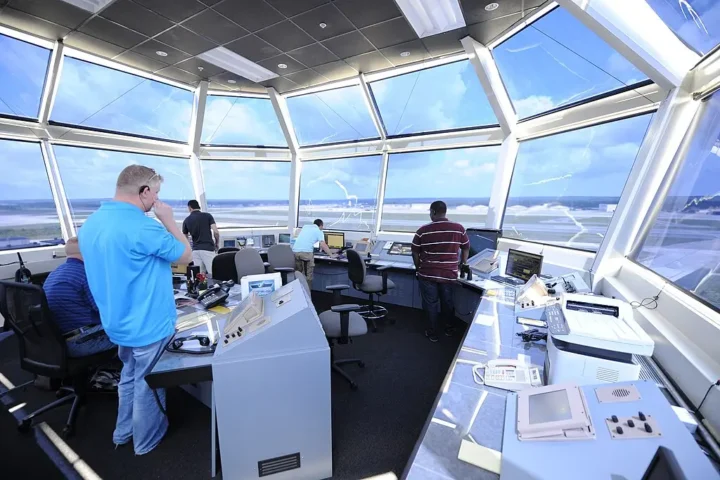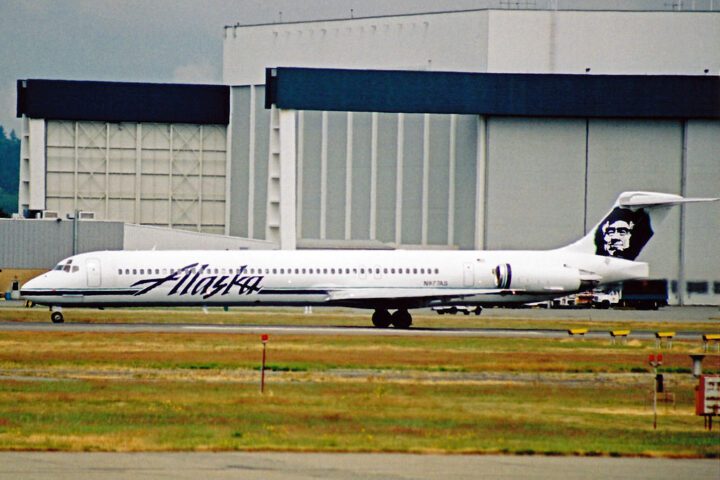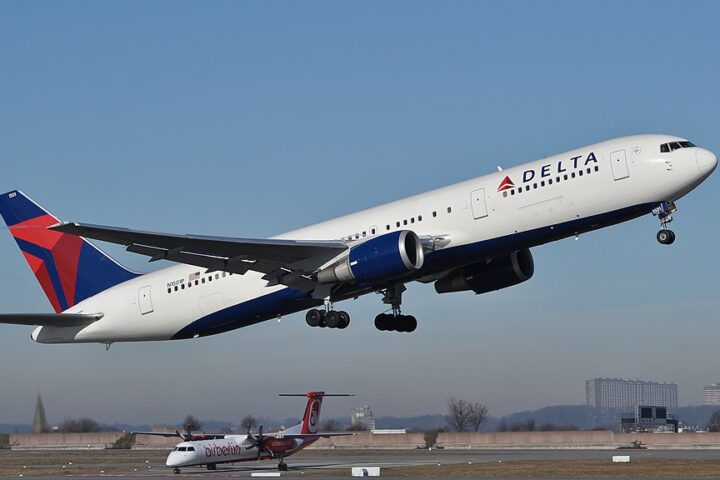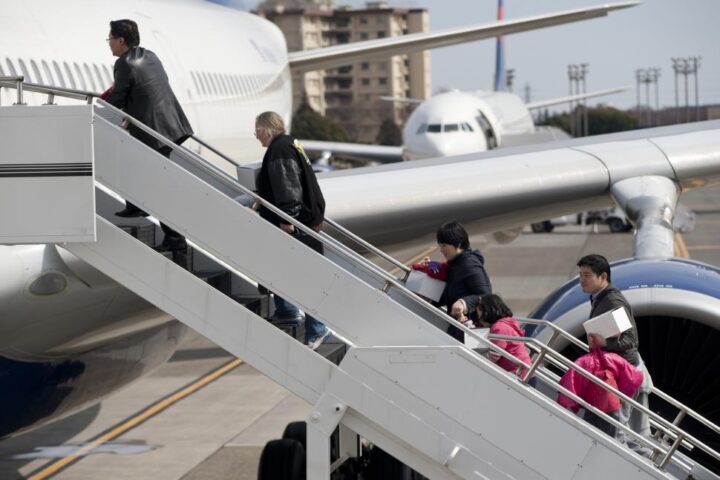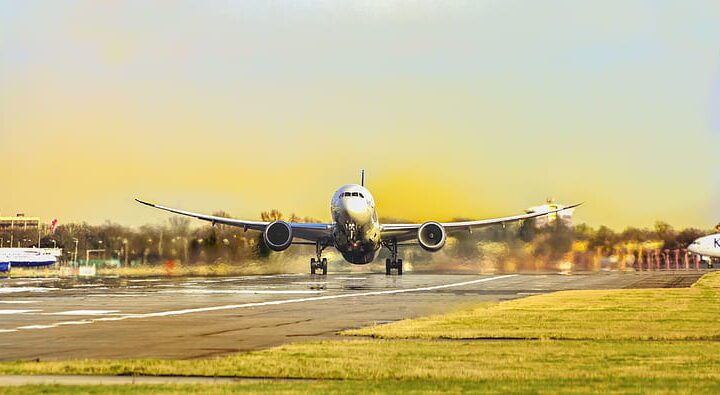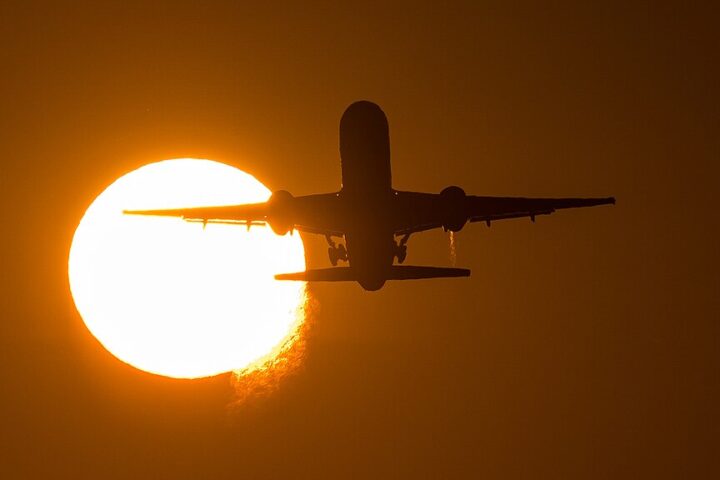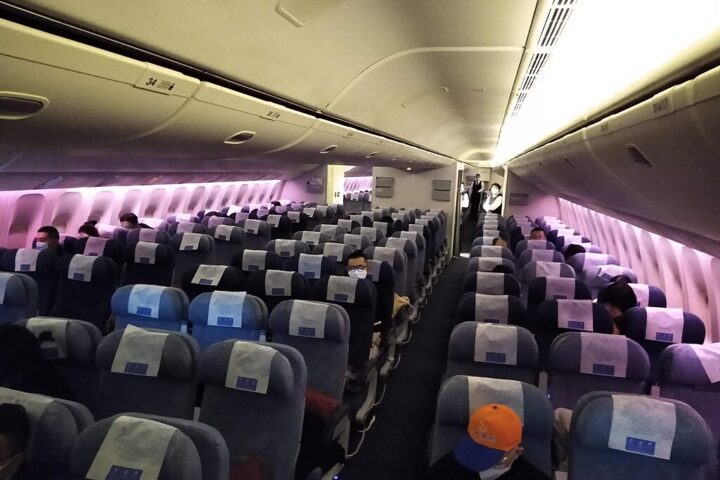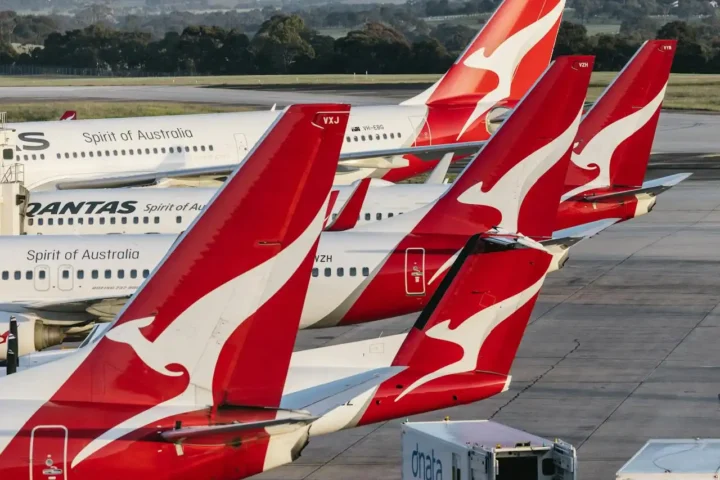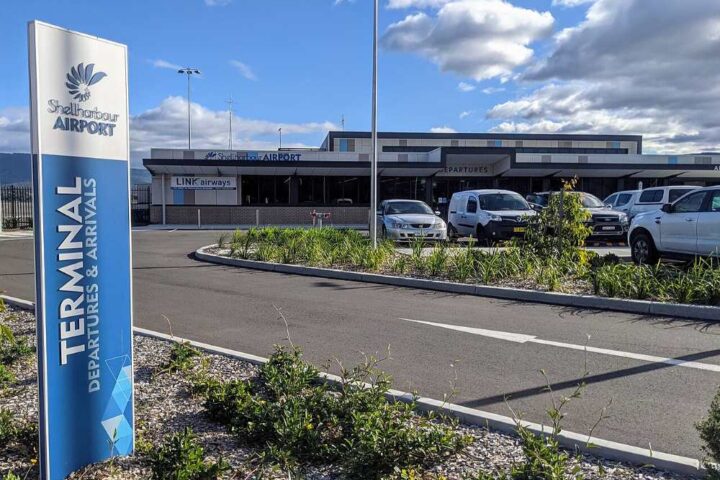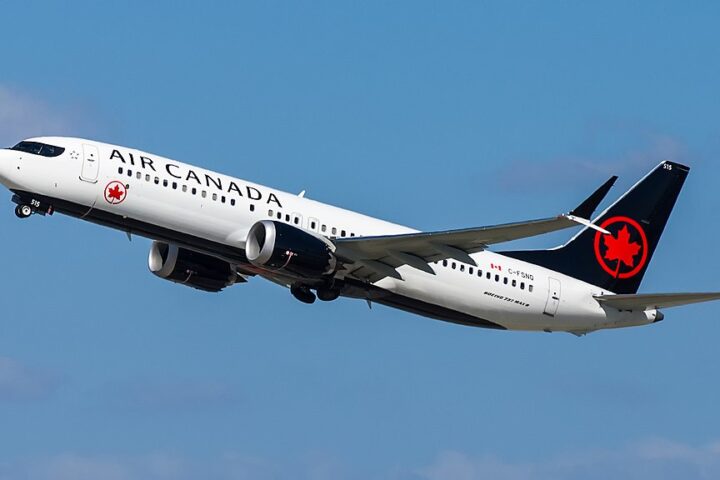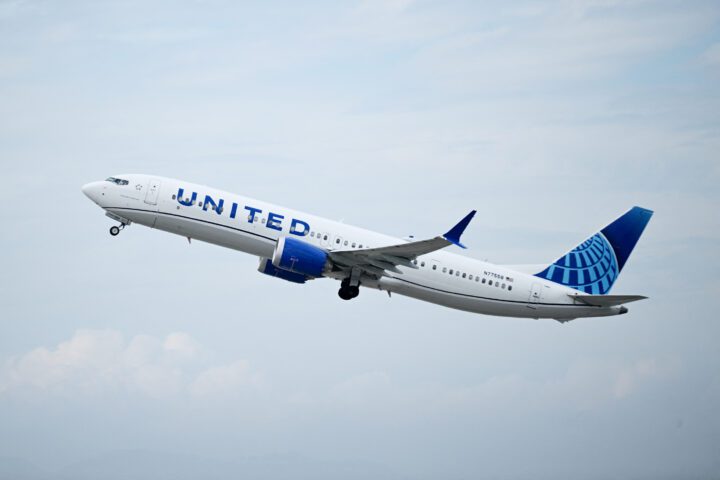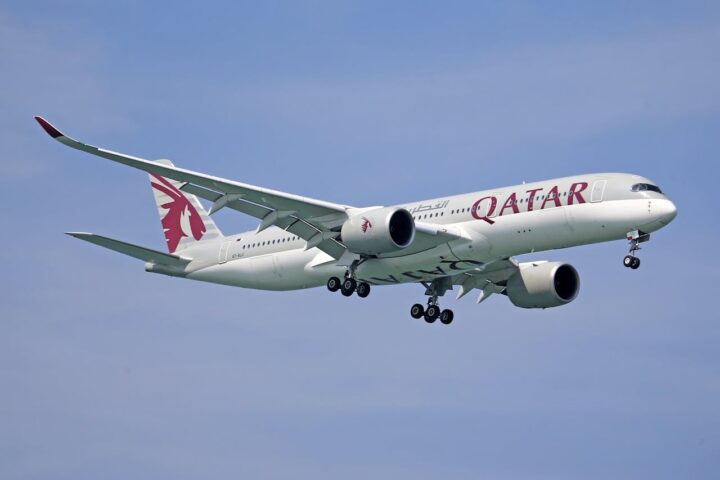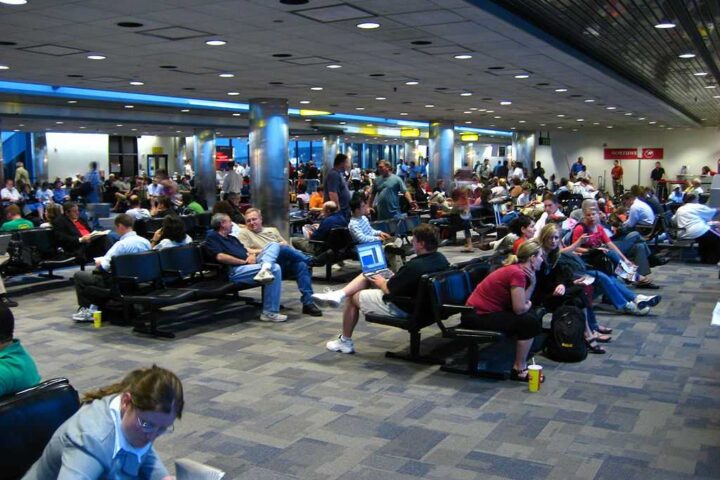A Qantas Boeing 737-800 had its windscreen shattered when it collided with an aerobridge at Brisbane International Airport on Wednesday evening. The incident happened around 6:30 PM on June 18, 2025, shortly after the plane landed from Queenstown, New Zealand.
Flight QF186 was positioning at its designated gate when the passenger jet bridge made unexpected contact with the front section of the aircraft. Images shared on social media showed significant damage to the plane’s windscreen.
All passengers and crew safely left the aircraft using mobile stairs brought to the tarmac. No injuries were reported in the incident.
“We’re investigating how an aerobridge made contact with the front of one of our aircraft at Brisbane Airport,” a Qantas spokesperson said. “The aircraft will be inspected by engineers in Brisbane and repaired before returning to service.”
This marks the second aerobridge collision at Brisbane Airport in less than a month. On May 22, an Air New Zealand flight suffered a 7cm puncture to its fuselage when it made contact with a jet bridge while pushing back from a gate. That aircraft had to return to Auckland at low altitude for repairs.
Ryan Both, executive general manager of aviation at Brisbane Airport, confirmed they are working with the airline on the investigation.
“Last night a Qantas flight arrived from Queenstown and the aerobridge made contact with the aircraft, and we’re supporting Qantas with the investigation,” Both said. “We really want to reinforce that safety is our first priority at Brisbane Airport and is absolutely paramount, so we’ll be doing everything we can to look into what happened and make sure we learn from it.”
The Australian Transport Safety Bureau (ATSB) has been notified and is gathering information to determine if a formal investigation is necessary. Their role is to identify potential safety issues and make recommendations to prevent similar incidents in the future.
similar posts
Aerobridge collisions, while not common, can cause significant operational disruptions. When an aircraft is damaged, it must be immediately taken out of service for thorough inspection and repairs. This can lead to flight cancellations and schedule changes for airlines.
The Boeing 737-800 involved in the incident is part of Qantas’s short-haul fleet. The airline currently operates 75 of these aircraft, which serve as workhorses for domestic and short international routes. Qantas plans to gradually replace these planes with the A321XLR starting this year.
This incident comes amid other operational challenges for Qantas. Just over a week ago, on June 10, a trainee pilot lost consciousness during taxiing on Flight QF804 from Canberra to Sydney. Experienced pilots in the cabin took control of the aircraft, which was carrying 121 people, and safely brought it to the gate.
Earlier this year, another Qantas flight (QF505 from Brisbane to Sydney) reported an emergency when a captain experienced chest pains while airborne. In that case, the first officer was already handling the controls and remained in command throughout the emergency.
Another Qantas 737-800 is currently out of commission due to a maintenance incident in Hong Kong last month, when a battery-powered vacuum started a fire in the cargo hold, damaging the rear fuselage. That aircraft is expected to return to service in July.

Ground incidents like aerobridge collisions typically involve a combination of factors including human error, equipment malfunction, or communication breakdowns. These incidents are taken seriously in the aviation industry because they can potentially lead to significant damage, flight delays, and in worst-case scenarios, safety risks.
While aerobridge incidents rarely pose immediate danger to passengers, they highlight the importance of precise procedures during ground operations. Every incident is thoroughly investigated to identify what went wrong and how similar events can be prevented in the future.
